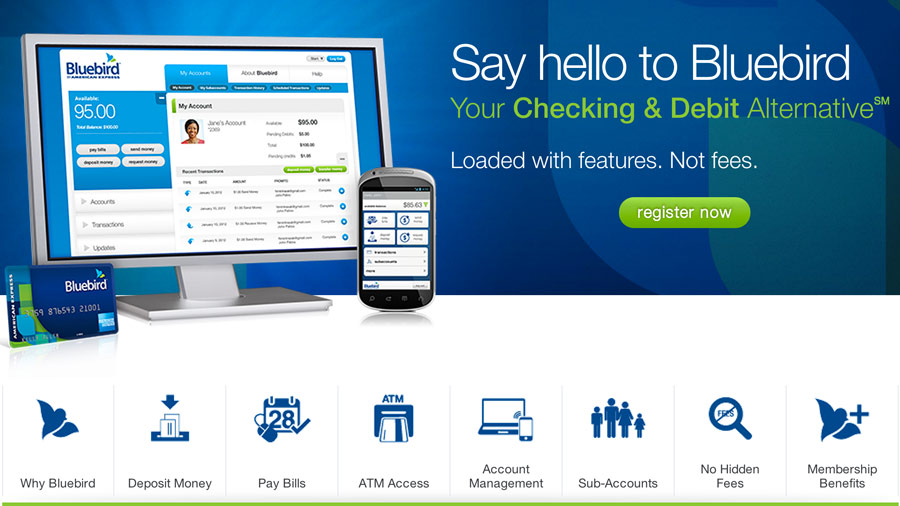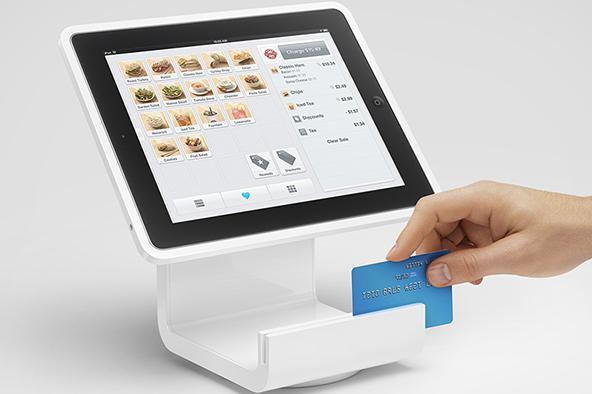You Can’t Get in Trouble with Prepaid

That may not be the official tagline for the campaign that has been launched to tout the virtues of the latest American Express prepaid card, but it sure could be. It is catchy enough and was uttered by Laura Kelly — an AmEx SVP — in an interview, the WSJ’s Andrew R. Johnson tells us. “Of all the cards out there, it’s the one that’s the friendliest to someone who’s not used to managing their money,” Kelly explained.
The card at issue is the Campus Edition Prepaid Card, which, as its name suggests, is targeting college students. It is pretty much the same prepaid card that AmEx launched last year and we pronounced it to be a “surprisingly consumer-friendly product.” The only difference, as far as I can tell, is that the college version does not offer a path to a charge card. It is a big difference, but I’m in agreement with Kelly in that this card could serve college kids very well and keep them out of financial trouble. However, it is not the best option out there.
AmEx’s Campus Edition Prepaid Card
The main advantage of AmEx’s prepaid card — college edition or not — is that it is mostly fee-free. Now, you would be charged $4.95 if you got it from your Barnes & Noble-operated college bookstore, but you don’t have to and shouldn’t do that, because that would only be a temporary card which you would have to at some point upgrade to a permanent one. You can skip the temporary stage, and forgo the charge, by going directly to AmEx’s website and order your card there. It will be personalized with your information and shipped to you for free.
Once you get the card, you can use it anywhere American Express cards are accepted. There are no activation, maintenance or usage fees of any kind, with the exception of a $2 ATM withdrawal fee, charged after your first monthly withdrawal (you have one free ATM withdrawal per month). When needed, you can add funds to it — $25 – $500 at a time up to a total of $1,000 — online via transfers from your checking account or using cash at your college bookstore. This is where the story gets interesting and I find myself back to the prepaid vs. debit comparison I’ve been on to for quite some time.
Prepaid or Debit?
AmEx’s checking account deposits are free, while the cash ones are not (there is a charge of up to $3.95 per deposit), so of course you should be using the former funding method. However, if you have a checking account, you would already have been issued a debit card, which is pretty much the same as a prepaid card. But if that is the case, why would you want to get a prepaid card in the first place? After all, you are already paying any monthly fees that may be associated with your checking account (and a third of all big U.S. banks still offer free checking). Moreover, your debit card can be used at no charge for an unlimited number of withdrawals and deposits at any of your bank’s ATM locations.
So, as good as American Express’ prepaid card is, a debit card is still the better option, for college students as well as for most others. And unlike credit cards, of which you really need more than one for credit-history-building purposes, there is no point in carrying more than one debit or prepaid card.
The Takeaway
The way I see it, prepaid cards, even the best among them, are still very much the payment cards of choice for the unbanked. Both credit and debit cards are the better option for everyone else. The only exception to this rule that I can think of is using AmEx’s original (non-college) prepaid card as a trampoline to a charge card. Such a strategy could work well for consumers who may have a debit card, but their credit score is too low to qualify them for a credit card. As your debit card use has no effect on your credit score, in this case it may be better to be using AmEx’s prepaid card instead. Once you “graduate” to a charge card — which is a credit card whose balance you must pay in full at the end of each monthly cycle — you would start building up your credit score once again.
Other than that, you really can’t get in trouble with prepaid.
Image credit: Wikimedia Commons.



I’ve been using prepaid cards for years and have never had any issues with them. They really can get you in no trouble, because you can’t overspend. College kids should always start with a prepaid or debit card and use them for a few years before getting a credit card.
What I don’t get is that they sell the cards at the stores, but give them for free online, even though it costs money to ship them. They should tell these college kids to go to the website and order the card there.
Prepaid cards are a great way way to avoid debt and are much cheaper than credit cards, even though it may not sound like it when you read the promotional credit card offers in your mailbox. When you add all the interest charges and other fees, credit cards are not a good deal. Yes debit is an option but with everything that’s been going on with the new fees there, I’d stick with prepaid.
There are no interest charges and fees if you pay your credit cards in full every month. Only when you start rolling your balance over from one month to the next you start to get yourself in trouble. And credit cards give you better protection against fraud.
Why not just use cash? It’s still accepted everywhere although I wonder how long that will last. There are no fees, no interest and you can’t get in debt.
Anyone who uses prepaid cards does it because they have poor credit and can’t even get a checking account. And if you’ve screwed your credit, that’s what you’re stuck with. ATM fees add up, even if the first one is free and anyway with a prepaid card you are out of the system. If you want to get back in it, you have to take better care of your finances.
I mostly use my Citi credit card because it gives me miles, but I understand why some people would be using pre-paid cards. If you’ve got yourself in trouble with credit cards in your past it could be very difficult to get back to them even after you’ve learned your lesson. Prepaid is harmless so why not use it?
Prepaid cards work very much like debit cards, you can use them to pay your bills online or at a convenience store. You don’t worry about your personal information being stolen, because you don’t provide as much as you would give a credit card company.
My credit union debit card is my primary payment method. I can use it everywhere credit cards are used, online offline or whatever. I can check my balance and transaction activity on my phone and make purchases there. I’ve never had any issues and am not paying a monthly fee so I don’t think I’ll ever switch to prepaid or credit.
College kids are living in good times. Prepaid cards have really improved and are a great starter in finance management.